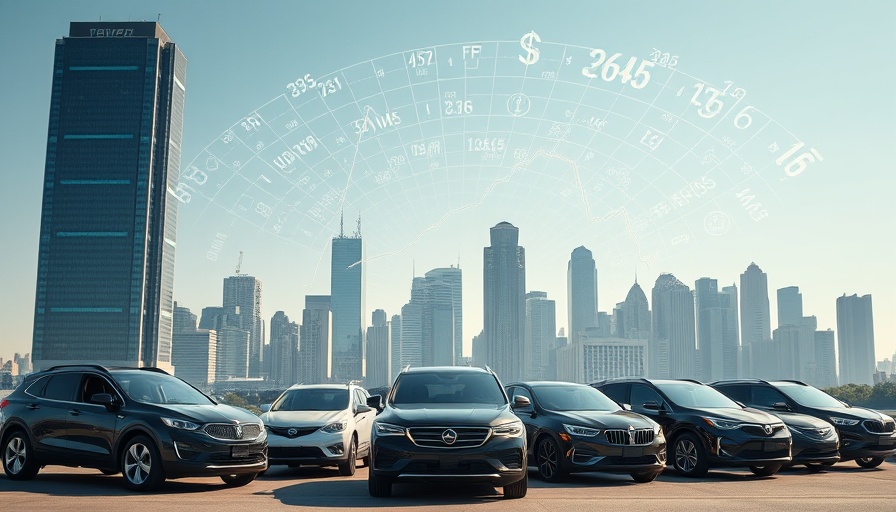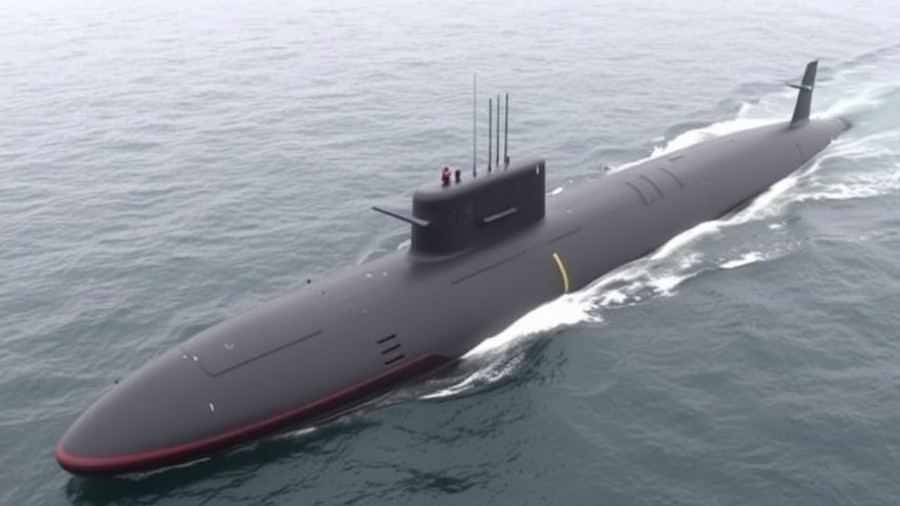
The Hidden Impact of Tariffs on America’s Auto Industry
In a rapidly evolving global economy punctuated by technological advancements, few policies have stirred as much debate as President Trump’s tariffs on imported vehicles and auto parts. While the idea behind tariffs is often to bolster domestic manufacturing, the auto industry—one of America’s pillars—is feeling the brunt of these decisions more than anticipated.
The Stakes for Auto Titans
America's auto titans, including Ford, General Motors, and Stellantis, are grappling with the eroding profit margins caused by tariffs. These giants rely on a global supply chain that spans continents, utilizing parts from various manufacturers to create vehicles. With tariffs escalating, the cost of production rises disproportionately, leading to fierce competition within the industry. Analysts are predicting significant layoffs and even factory closures if the tariffs remain in place—hardly the result the administration aimed to achieve.
Future Trends in the Auto Industry
Emerging technologies play a crucial role in reshaping the future of the automobile sector. The shift towards electric vehicles (EVs) and autonomous driving technologies has already transformed manufacturing priorities and consumer preferences. As suppliers and manufacturers adjust to tariffs, they must also navigate the integration of innovative technologies that promise to define the market landscape in the coming years.
Disruptive Forces on the Horizon
Disruption isn’t just a buzzword in tech. It’s a reality in the auto industry today. Companies are being forced to rethink their global strategies, particularly how they implement and invest in technology. For instance, some manufacturers are exploring in-house production of key components to reduce reliance on imported parts—a strategy fraught with its challenges.
Real-World Applications and Case Studies
Companies like Tesla illustrate the potential for innovation amid adversity. By producing their vehicle components domestically, they have sidestepped many challenges posed by tariffs. As traditional manufacturers consider similar paths, their approaches will serve as important case studies for understanding how the auto industry can innovate through disruption, potentially fostering a renaissance in American manufacturing.
Call to Action: Rethinking Strategies for Future Innovation
The impending landscape of the auto industry hinges significantly on corporate strategies, regulatory frameworks, and the adoption of new technologies. For stakeholders in this sector, reevaluating operational approaches in light of tariffs and emerging tech trends should be a priority. Navigating these changes won’t just ensure survival; it’s a chance to lead the charge into a more sustainable and innovative future.
 Add Row
Add Row  Add
Add 




Write A Comment